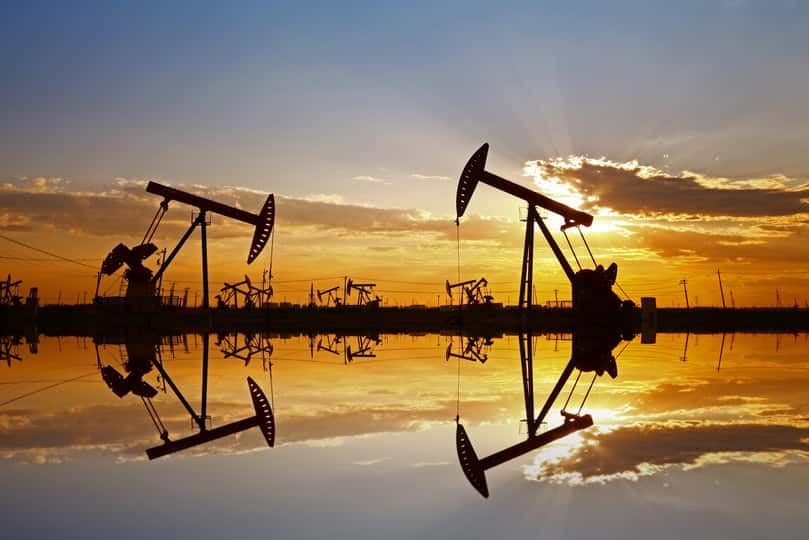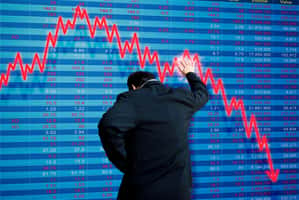Of late, crude oil prices have been moderating from their highs of $122 a barrel in mid-2022 owing to macroeconomic uncertainties caused by the Federal Reserve’s perpetual rate hikes to bring inflation under control. The S&P Global US Manufacturing PMI was unrevised at 46.2 in December of 2022, pointing to the biggest contraction in factory activity since May 2020 amid weak client demand.
Yesterday, crude oil and natural gas prices fell further by about 4% and 10% due to the fizzling out of initial optimism of the reopening and revival of the Chinese economy after the relaxation of the country’s strict Covid restrictions by its government. In fact, the abrupt relaxation of Covid restrictions after rare and widespread civil unrest is being considered responsible for the surge in infections and consequent economic contraction.
Moreover, a price cap on Russian crude oil instituted by the West has done its bit to ensure uninterrupted global energy supply even as uncertainties on the demand side have been increased due to macroeconomic headwinds and a less-severe-than-expected winter in Europe.
The factors stated above are expected to keep exerting downward pressure on energy prices and hinder the prospects of Devon Energy Corporation (DVN), an independent energy company involved in the exploration, development, and production of oil, natural gas, and natural gas liquids.
Here are the factors that could influence the near-term performance of DVN.
Unsatisfactory Financial Performance
During the fiscal third quarter ended September 30, 2022, DVN’s total revenues decreased 3.6% sequentially to $5.43 billion. During the same period, the net earnings attributable to DVN also decreased by 2% and 1.7% on a sequential basis to $1.89 billion and $2.88, respectively. This translated to adjusted core earnings of $1.43 billion, or $2.18 per share.
DVN’s cash, cash equivalents, and restricted cash came in at $1.31 billion for the period ended September 30, 2022, compared to $2.32 billion at the end of the previous year’s quarter.
DVN’s total current assets came in at $4.01 billion as of September 30, 2022, compared to $4.25 billion as of December 31, 2021. Moreover, the company’s total liabilities stood at $12.55 billion as of September 30, 2022, compared to $11.63 billion as of December 31, 2021.
Discouraging Analyst Estimates
Analysts expect DVN’s revenue and EPS for the fiscal ending December 2023 to decrease marginally to $20.02 billion and $8.73, respectively.
Moreover, DVN has missed consensus EPS estimates for three of the trailing four fiscals.
Bearishness in Stock Price Action
DVN’s stock has lost 15.5% of its value over the past month to close the last trading session at $58.12. It is currently trading below its 50-day and 200-day moving averages of $67.42 and $64.92, respectively, indicating a bearish trend.
Stretched Valuation
Despite its downward price momentum, the stock is still trading at a premium compared to its peers. The stock’s forward EV/Sales multiple of 2.18 is 27% higher than the industry average of 1.72, while its forward Price/Sales multiple of 1.90 is 48.8% higher than the industry average of 1.28.
Also, the stock’s forward Price/Book multiple of 3.47 compares with the industry average of 1.73.
POWR Ratings Reflect Weakness
DVN has an overall D rating, which equates to Sell in our proprietary POWR Ratings system. The POWR Ratings are calculated considering 118 different factors, with each factor weighted to an optimal degree.
Our proprietary rating system also evaluates each stock based on eight different categories. DVN also has a D grade for Growth, Value, and Stability, owing to subdued analyst estimates, stretched valuations, and a high five-year monthly beta of 2.40.
DVN is ranked #87 of 93 stocks in the Energy – Oil & Gas industry.
Beyond what has been discussed above, additional ratings for the Quality, Momentum, and Sentiment of DVN can be found here.
Bottom Line
The energy crisis caused by geopolitical turbulence acted as a massive tailwind for DVN, resulting in windfall gains for the company. The company’s revenue and EPS for fiscal 2022 are expected to register 64% and 148.3% year-over-year increases to come in at $20.02 billion and $8.76, respectively.
However, given that energy demand is expected to remain weak in 2023, DVN’s cash flows are expected to be negatively impacted. Moreover, the company is a pure producer and doesn’t have spreads between input and output prices to bank on like its peers, which have diversified into midstream and downstream operations.
In view of the above, we believe it would be wise to avoid the stock until the macroeconomic environment becomes conducive enough.
How does Devon Energy Corporation (DVN) Stack up Against Its Peers?
DVN has an overall POWR Rating of D, which equates to a Sell Rating. Therefore, you might consider looking at its industry peers, PrimeEnergy Resources Corporation (PNRG), Epsilon Energy Ltd. (EPSN), and Adams Resources & Energy, Inc. (AE), which have an A (Strong Buy) rating.
Want More Great Investing Ideas?
DVN shares were trading at $58.53 per share on Wednesday afternoon, up $0.41 (+0.71%). Year-to-date, DVN has declined -4.84%, versus a -0.15% rise in the benchmark S&P 500 index during the same period.
About the Author: Santanu Roy

Having been fascinated by the traditional and evolving factors that affect investment decisions, Santanu decided to pursue a career as an investment analyst. Prior to his switch to investment research, he was a process associate at Cognizant. With a master's degree in business administration and a fundamental approach to analyzing businesses, he aims to help retail investors identify the best long-term investment opportunities. More...
More Resources for the Stocks in this Article
| Ticker | POWR Rating | Industry Rank | Rank in Industry |
| DVN | Get Rating | Get Rating | Get Rating |
| PNRG | Get Rating | Get Rating | Get Rating |
| EPSN | Get Rating | Get Rating | Get Rating |
| AE | Get Rating | Get Rating | Get Rating |






